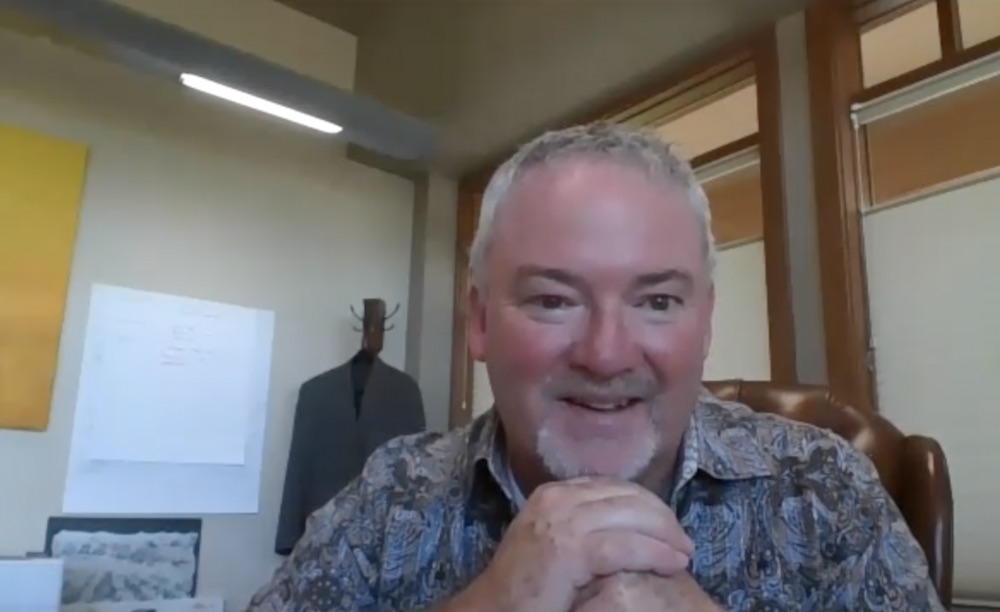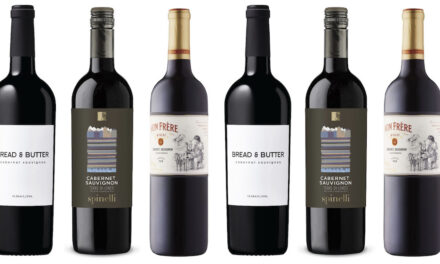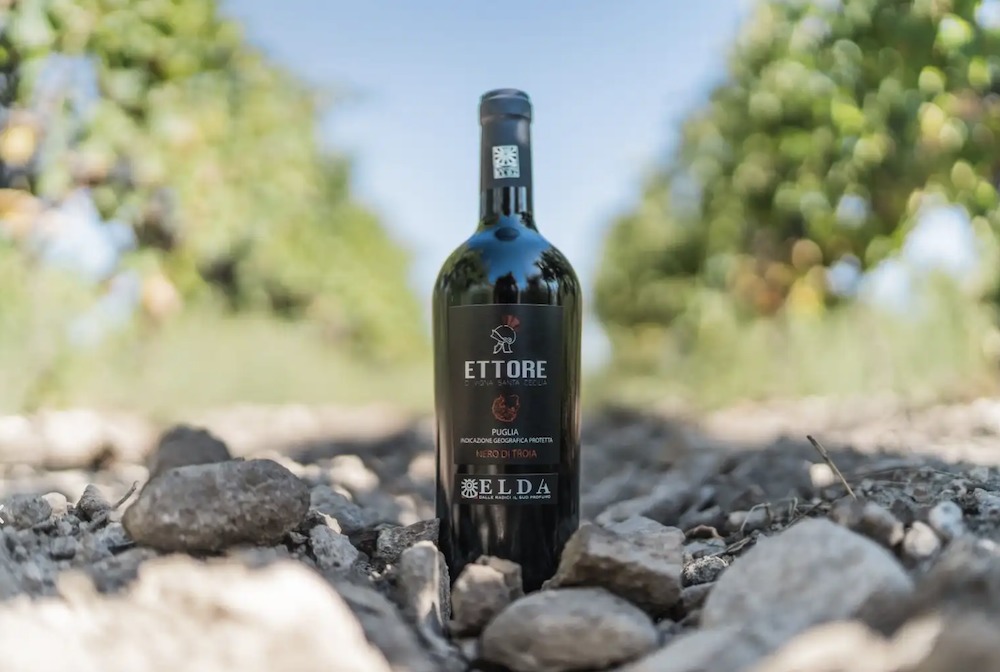
December is, typically, a month of excess. We make rich holiday meals. We indulge in sweet treats. We knock back more cocktails. Then January arrives and our hardwired need to repent kicks in. Gyms and dieting companies rub their hands in glee as we rush to erase all evidence of our fling with gluttony.
For a growing number of people world-wide, new year’s resolve now includes a period of alcohol abstinence. First launched in 2012 by Alcohol Change UK, the Dry January initiative has gained global adherence in recent years.
Dry January serves an important role in destigmatising the choice of soft drinks over beer on a night out. For those with problematic drinking tendencies, Dry January can be the first step in identifying, and hopefully breaking, dangerous habits.
After all, it is a well-known fact that heavy drinking is bad for you. Excessive alcohol consumption can cause liver damage, heart disease, and increase the probability of developing certain cancers, to name just a few major health concerns; and these are only the physical risks.
But how much booze is too much?
At-risk drinking is hard to quantify. Age, gender, genetics, general health, and physical condition must all be factored in. The duration of the excessive drinking pattern is also a consideration.
According to the Canadian Centre on Substance Abuse and Addiction, regularly consuming more than two standard drinks (5 oz / 142mL) per day, or ten drinks per week, is considered high risk for women. For men, over three daily drinks or 15 per week is cause for concern.
Following that logic, amounts under these thresholds fall into the low-risk category. What if, outside of the odd party and the revelries of December, you don’t regularly overindulge. Is a full month off alcohol really necessary?
We cut things out of our diet, and our lives, that are bad for us. Ergo, by abstaining from alcohol, we are labeling it as harmful in our minds. And, for most moderate drinkers, that is an erroneous association.
Numerous studies show that moderate alcohol consumption (by healthy, physically fit individuals) has no significant adverse effects to health. In fact, some researchers indicate that the antioxidants in red wine may be good for the heart and help ward off type 2 diabetes, among numerous other benefits
Turning alcohol into something to be banished from our lives creates powerful negative connotations. Just like overly restrictive diets, this all or nothing approach to alcohol can lead to cravings that weren’t previously there. For others, it can cause feelings of guilt or regret when later imbibing.
In other cases, a month away from alcohol is simply a dietary measure. This can indeed be effective. However, if you are replacing your alcohol units with soft drinks or juice as an alternative “special” drink on a night out, you can kiss all calorie savings goodbye.
I always find January a bit dreary. The sun is long gone by the end of the workday. The weather is frosty. The air of revelry has faded. The last thing I want is to deprive myself the pleasure of a nice glass of wine at the end of the day. I don’t need it, but I do enjoy it.
To reset after the holiday excess, my new year’s resolution is a return to moderation. Sure, #ModerateJanuary isn’t as sexy a hashtag. And yes, it lacks the simplicity and dramatic sense of achievement of Dry January. For me though, it is a more sustainable choice.
I try to stick to one, maximum two glasses of wine on the nights that I crack open a bottle. And I make sure to slot in dry nights each week. The most enjoyable way to drink less, is to drink better. As with most people, when I spend a bit more money on a special bottle of wine, I tend to drink it more slowly and mindfully. When enjoyed over a few days, a $30 bottle of wine is no more expensive than a daily $10 tipple.
With that in mind, here are a few special bottles that have caught my fancy in recent months.
2018 Domaine de Montbourgeau L’Etoile (Jura, France) SAQ: $29.30 (code: 11557541)
This 11-hectare Jura estate is located in L’Étoile. This tiny limestone-rich appellation is prized for its racy, mineral-drive Chardonnays. Now managed by the fourth generation of the Deriaux, the estate practices sustainable viticulture.
This is fantastic example of the traditional, oxidative style of Jura Chardonnay. Aromas of bruised apple and eaux-de-vie mingle with hints of exotic spice and roasted hazelnut on the nose. The palate has a sharp, dry bite that acts as an exciting counterpoint to its ample structure and layered texture. Savoury notes linger on the finish. Definitely a food wine, this L’Etoile Chardonnay is a great match for roast chicken.
![]()
2019 Kumeu River Estate Chardonnay (Auckland, New Zealand) SAQ: $41.25 (code: 10281184)
This pioneering estate has built up a solid reputation as one of New Zealand’s premier Chardonnay producers, and for good reason. The Estate cuvée is their house blend sourced from six different vineyards of mainly clay and sandstone soils.
It is a superlative wine, with exquisite reductive balance. Layers of ripe lemon, apricot, lightly buttered toast, and subtle flinty struck match notes seduce on the nose. The palate is initially crisp and taut, giving way to a creamy, concentrated core of bright fruit. Smooth and dry, with perfectly integrated spiced oak hints.
![]()
2019 Domaine David Duband Bourgogne Rouge (Bourgogne, France) – $38 SAQ: $36.26 (code: 14814785)
David Duband took over his family’s Hautes Côtes de Nuits estate some twenty years ago. Since then he has garnered worldwide acclaim for his very pure, understated, organic wines.
This Bourgogne Rouge might be on the pricier side given the “humble” nature of the appellation, but it is worth every penny. In fact, I enjoyed this red more than many more prestigious red Bourgogne appellations tasted last year.
Duband manages to combine the ripe, fragrant aromatics of this warm vintage, with a fresh, silky, lightweight palate that just oozes finesse. Vivid red berry flavours, laced with subtle spice, and earthy nuances linger on the finish.
![]()
2019 Dalrymple Pinot Noir (Tasmania, Australia) – $45 SAQ:$45.00 (code: 14727201)
The Pipers River region of northeast Tasmania is greatly admired for its production of cool climate Chardonnay and Pinot Noir. Cool winds flow in from the Bass Strait, moderating the sunny climate and providing a long, even growing season.
Dalrymple has been making wines in the area for over thirty years. The estate Pinot Noir is a mix of several sites of mainly volcanic soil origin. A heady fragrance of stewed rhubarb, crushed strawberry, and baking spice graces the nose. The palate is medium bodied and velvety smooth, with vibrant red and dark berry fruit.
![]()
2019 Pierre Gaillard St Joseph « Clos de Cuminaille » (Rhône Valley, France) SAQ: $42.75 (code: 11231963)
Pierre Gaillard is a long-established Northern Rhône producer with vineyards stretching from Côte Rôtie to Cornas. Planted in 1981, Gaillard’s “Clos de Cuminaille” vineyard in St. Joseph yields concentrated, flavourful old vine grapes from its sandy, granite slopes.
The 2019 vintage is still in its infancy, but already drinking beautifully with seductive notes of violet, black plum, and hoisin sauce. The palate is weighty yet fresh, with fleshy tannins that are already remarkably approachable. Decant an hour before serving. This wine paired beautifully with a subtly harissa spiced lentil & cauliflower dish I threw together last week.
![]()








Excellent points, Jacky. Back when “Sober October” was all the rage — and I knew lots of people who jumped on — my boxing/life coach asked me if I was doing it. I said: “I don’t do gestures.” He liked that. Better to work toward consistent healthy habits holistically, and not obsess about any one thing as the fix-all. (To that end, bananas sure get a bum rap.) So now all I hear about is the “1000 hour challenge” to go booze-free for however many days that is, and again a whole bunch of people I know have jumped on it. But they’ll be back to drinking 1-2 bottles a day at the end of February. So, to what end?! For me as a professional drinker, I make sure to be honest with my GP about intake, get blood work done every year, and make adjustments as need be. I can tell when over-consumption is taking its toll. So currently, no booze during the week as I try to reset and tone up a bit. But I allow myself the leeway as a responsible human to do what I need to do. I set goals, I monitor, I adjust. Perhaps “1000 hours of being an adult” would be a good challenge for people. There’s a sexy hashtag.
1000 hours of being an adult. I love it! You’d scare people away before the dust settled on the hashtag.
Your comments are spot on. It doesn’t do your liver (or morale) any good to go from abstinence in January to bingeing behaviour in February. I remember my father warning me about moderation when I started out in this industry. It is all too easy and tempting to over-consume. I think you have the right attitude about honesty and careful monitoring. Cheers!